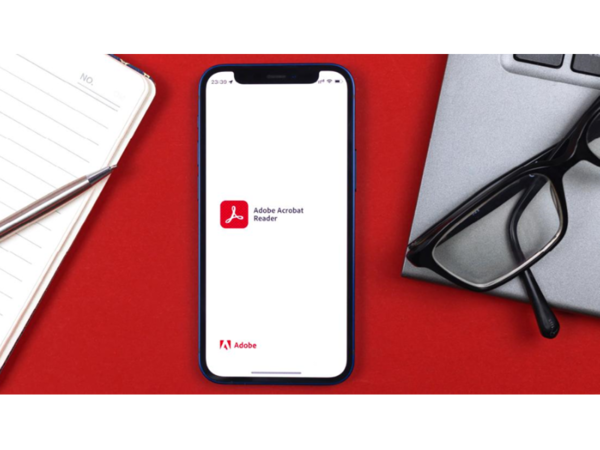In today's digital age, we frequently encounter various file formats, including JPG, PNG, and PDF. Among these, JPGs are commonly used for signatures on documents or screenshots. Converting a JPG to PDF is essential for maintaining image quality and ensuring convenient access for recipients.

While numerous tools exist for this conversion, Adobe Acrobat stands out as a reliable option. It efficiently transforms JPGs into PDFs without compromising quality. This article provides a step-by-step guide on using Adobe Acrobat for this purpose.
JPG (Joint Photographic Experts Group) is primarily used for compressing detailed images, making them easier to share. This format is ideal for blog posts, social media, and emails.
PDF (Portable Document Format) is versatile, accommodating images, official documents, and degrees. Its global compatibility allows easy access across various devices. Furthermore, PDF maintains image quality even when dimensions are increased.

Note: The smartphone version may require a subscription to use the "Image to PDF" conversion feature.
Yes, many online and offline tools offer free JPG to PDF conversion.
Adobe Acrobat provides robust PDF editing features. Upload your file, make the desired changes, and use the "Correct Suspect" icon to apply them.
Use a browser on your smartphone to access a free online JPG to PDF conversion tool. Upload the file, and it will typically convert automatically or with a tap of a button.
Newer articles
Older articles
 IRCTC's AskDisha 2.0: AI Chatbot Simplifies Train Ticket Booking, Refunds, and Information Access
IRCTC's AskDisha 2.0: AI Chatbot Simplifies Train Ticket Booking, Refunds, and Information Access
 Google Maps Boosts Navigation Accuracy with Enhanced Orientation API Update
Google Maps Boosts Navigation Accuracy with Enhanced Orientation API Update
 Rishabh Pant's Fearless Batting Revolutionizes Test Cricket: Greg Chappell Draws Adam Gilchrist Comparison
Rishabh Pant's Fearless Batting Revolutionizes Test Cricket: Greg Chappell Draws Adam Gilchrist Comparison
 TSMC Regains Top 10 Global Value Ranking Amid AI Boom
TSMC Regains Top 10 Global Value Ranking Amid AI Boom
 Chess Sensation: 9-Year-Old Indian Prodigy Holds Magnus Carlsen to Draw in Online Tournament
Chess Sensation: 9-Year-Old Indian Prodigy Holds Magnus Carlsen to Draw in Online Tournament
 US Open: Venus Williams offers update on future after age-defying doubles run ends
US Open: Venus Williams offers update on future after age-defying doubles run ends
 Mandhana's Maiden T20I Century Fueled by Yadav's Pep Talk; India Dominates England
Mandhana's Maiden T20I Century Fueled by Yadav's Pep Talk; India Dominates England
 Nitish Rana Set for Delhi Return After Disappointing Uttar Pradesh Stint
Nitish Rana Set for Delhi Return After Disappointing Uttar Pradesh Stint
 Bennett Out of SA Test After Concussion; Masvaure Called Up
Bennett Out of SA Test After Concussion; Masvaure Called Up
 IND vs ENG Test: 'Practice nahi hogi' - Arshdeep Singh spills the beans on wrestling with bowling coach Morne Morkel
IND vs ENG Test: 'Practice nahi hogi' - Arshdeep Singh spills the beans on wrestling with bowling coach Morne Morkel